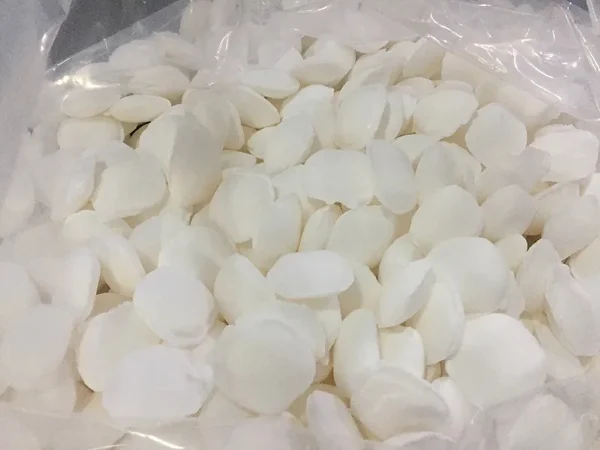
Sodium cyanide, an inorganic compound, plays a pivotal role in the cyanidation process within the gold mining industry. Its applications are diverse and crucial in the extraction of precious metals from ores.
Gold Ore Leaching
One of the primary uses of Sodium cyanide is in the leaching of gold ores. In this process, the gold ore, after being crushed and ground into fine particles, is brought into contact with an aqueous solution containing Sodium Cyanide. A chemical reaction occurs between sodium cyanide and the gold in the ore, resulting in the formation of gold cyanide ions, which are then dissolved in the solution. This process, known as Cyanide leaching, is a fundamental and essential step in gold ore beneficiation. The chemical equation for the reaction between gold, oxygen, and sodium cyanide in an aqueous solution can be simplified as: 4Au + 8NaCN + O₂ + 2H₂O → 4Na[Au(CN)₂] + 4NaOH. This reaction allows the gold, which is often present in low concentrations in the ore, to be effectively dissolved and separated from the other minerals.
Gold Extraction
Following the cyanide leaching process, the solution containing dissolved gold is collected and subjected to further treatment to precipitate the gold. Sodium cyanide serves as a precipitant in this stage. It reacts with the gold chloride ions in the solution to form gold cyanide complexes. Subsequently, various methods are employed to extract the gold from these complexes. One common method is the use of zinc dust or other reducing agents. Zinc displaces the gold from the gold cyanide complex, resulting in the precipitation of metallic gold. The reaction can be represented as: 2Na[Au(CN)₂] + Zn → 2Au + Na₂[Zn(CN)₄]. This process enables the recovery of high - purity gold from the leach solution.
Leaching of Other Metal Ores
Beyond gold, sodium cyanide also finds application in the leaching of other metal ores. For instance, in the case of silver ores, after cyanide leaching, sodium cyanide can be used as an extraction agent to precipitate silver from the solution. Similar to the Gold extraction process, silver forms cyanide complexes in the presence of sodium cyanide. The reaction between silver, sodium cyanide, and oxygen in an aqueous solution is similar to that of gold: 4Ag + 8NaCN + O₂ + 2H₂O → 4Na[Ag(CN)₂] + 4NaOH. These silver cyanide complexes can then be further processed to obtain metallic silver.
In conclusion, sodium cyanide is an indispensable chemical in the Mineral processing industry, especially in the extraction of precious metals such as gold and silver. However, it is important to note that due to its highly toxic nature, strict safety and environmental protection measures must be implemented during its use in mining operations to prevent any harm to human health and the environment.
- Random Content
- Hot content
- Hot review content
- T-610 collector Salicyl oxime acid derivative Content 3.5%
- Toluene
- Hydrogen Peroxide
- Manganese sulfate
- Cupric Chloride 98%
- Diethylene Glycol
- Caprylic/capric triglyceride
- 1Discounted Sodium Cyanide (CAS: 143-33-9) for Mining - High Quality & Competitive Pricing
- 2Sodium Cyanide 98% CAS 143-33-9 gold dressing agent Essential for Mining and Chemical Industries
- 3Sodium Cyanide 98%+ CAS 143-33-9
- 4Anhydrous Oxalic acid 99.6% Industrial Grade
- 5China's New Regulations on Sodium Cyanide Exports and Guidance for International Buyers
- 6Oxalic acid for mining 99.6%
- 7Reagent Grade/Industrial Grade Hydrochloric Acid min.31%
- 1Sodium Cyanide 98% CAS 143-33-9 gold dressing agent Essential for Mining and Chemical Industries
- 2High Quality 99% Purity of Cyanuric chloride ISO 9001:2005 REACH Verified Producer
- 3 High-Quality Sodium Cyanide for Leaching
- 4Powdery emulsion explosive
- 5Industry Grade Electron grade 98% Sulfuric Acid H2SO4 Sulphuric Acid Battery Acid Industrial Sulfuric Acid
- 6Colloidal emulsion explosive
- 7sodium hydrosulfide 70% flakes used Mining Industry


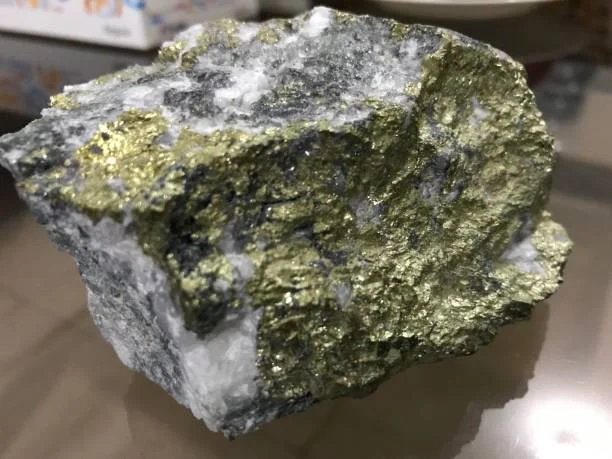
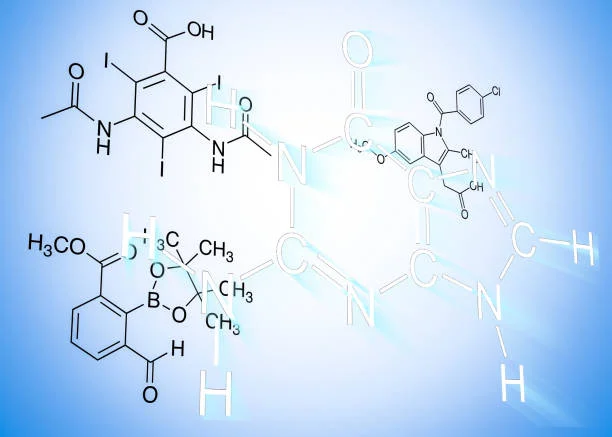
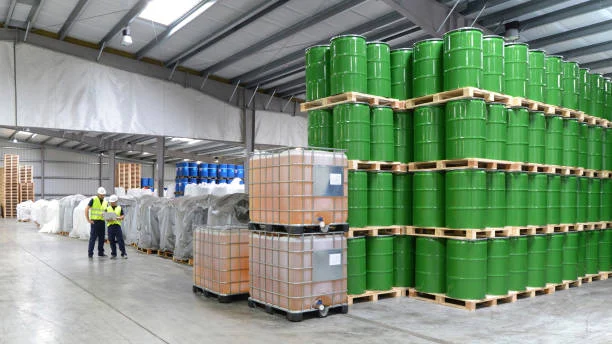

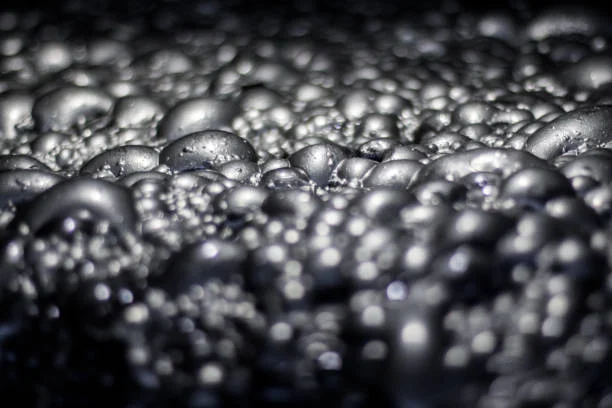





Online message consultation
Add comment: